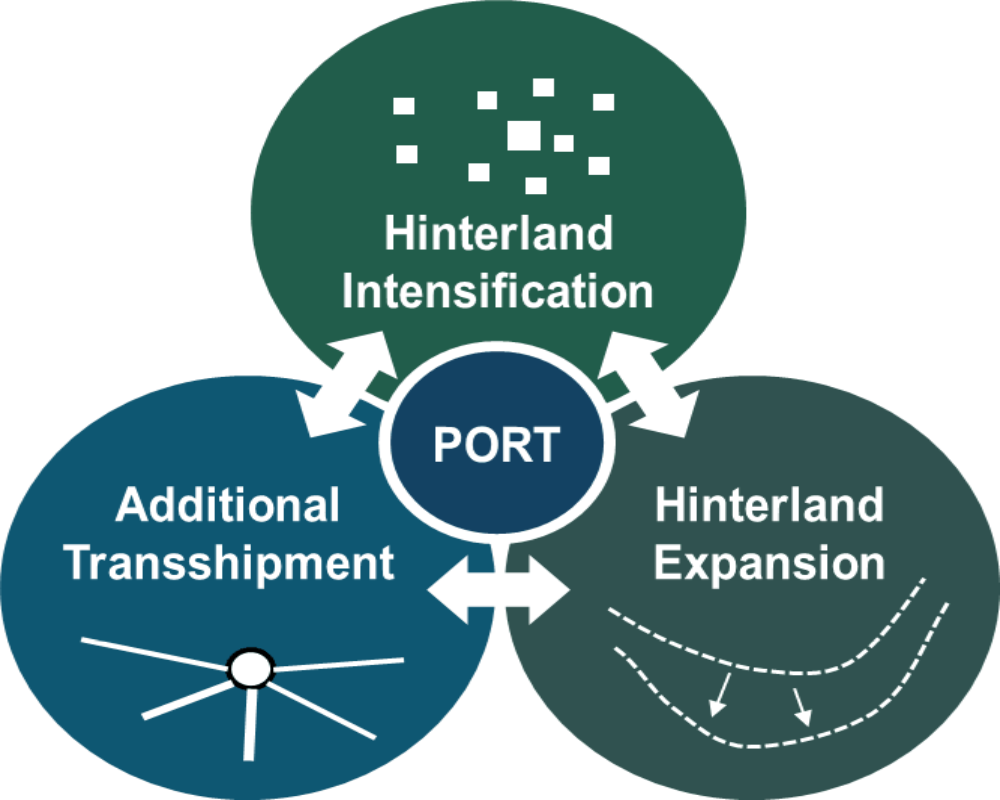Importance of Port Proximity for Industries
Introduction
Proximity to ports is a critical factor in the strategic planning and success of many industrial operations, particularly those involved in global trade, bulk material handling, and large-scale manufacturing. Ports serve as vital gateways for the import of raw materials and the export of finished goods, making them indispensable components of international logistics and supply chains. For industries that rely on seaborne trade, being located near a port significantly enhances logistical efficiency, reduces operational costs, and supports timely access to global markets.
Enhancing Supply Chain Efficiency
Industries located near ports benefit from direct access to international shipping routes, which facilitates quicker and more reliable movement of goods. This proximity minimizes the number of transport stages between factory and ship, reducing handling times, potential delays, and transportation complexity. It allows industries to operate leaner supply chains with shorter lead times, better inventory control, and improved responsiveness to market demand.
This is especially beneficial for industries with just-in-time (JIT) production systems, where any delay in the supply of raw materials or shipment of goods can disrupt the entire production process.
Reducing Transportation and Logistics Costs
Transportation costs form a significant portion of an industry’s operational expenses. By reducing the distance between industrial sites and ports, companies save on fuel, labor, vehicle maintenance, and freight handling. The savings are even more pronounced for bulk goods or high-volume shipments, such as in steel, cement, petrochemicals, or agricultural exports, where inland transport can become prohibitively expensive.
In addition, shorter travel distances lead to lower carbon emissions and support sustainability goals, helping industries meet regulatory and environmental standards.
Improving Export and Import Competitiveness
Industries engaged in export activities gain a competitive edge when they are situated near ports. Faster shipping, lower transportation costs, and reduced lead times allow them to offer better pricing and more reliable delivery schedules to international buyers. Similarly, import-dependent industries can secure more predictable and cost-effective access to essential raw materials, machinery, and components.
Proximity to ports also helps industries avoid congestion at inland depots, improves customs clearance speed, and increases flexibility in choosing shipping schedules and routes.
Supporting Industrial Cluster Development
Port-centric industrial development often leads to the formation of specialized industrial clusters or logistics hubs. These clusters typically include warehousing, packaging, freight forwarding, and distribution services, creating an ecosystem that enhances operational efficiency and attracts investment. Industries within such clusters benefit from shared infrastructure, streamlined regulations, and collaboration with logistics partners, suppliers, and service providers.
This agglomeration effect leads to better productivity, economies of scale, and innovation within port-adjacent industrial zones.
Facilitating Access to Global Markets
For export-oriented industries, access to global markets is crucial. Ports provide a direct link to international buyers, enabling manufacturers to expand their reach beyond domestic borders. This is especially important in industries that rely on large volumes or frequent shipments to overseas clients, such as textiles, electronics, processed foods, and automotive parts.
A location near a major port also allows businesses to take advantage of regional trade agreements and free trade zones, which offer reduced tariffs, faster customs processing, and logistical advantages.
Reducing Risk and Improving Resilience
In times of geopolitical uncertainty, global disruptions, or logistical challenges, industries near ports are better positioned to manage risks. The flexibility to reroute shipments, access alternate shipping lines, or receive critical imports faster can help maintain business continuity. In contrast, remote industries may face bottlenecks, delays, or supply chain breakdowns due to their reliance on complex inland transport routes.
Ports equipped with modern infrastructure and intermodal connections further improve resilience by allowing goods to move seamlessly between ships, trains, and trucks.
Conclusion
Port proximity plays a crucial role in the operational success and strategic growth of industries engaged in international trade, large-scale logistics, and bulk material handling. It improves supply chain efficiency, reduces costs, enhances competitiveness, and fosters industrial collaboration. In today’s interconnected global economy, industries that align themselves geographically with major ports are better equipped to respond to market demands, manage risks, and achieve sustainable growth. As such, port access is not just a logistical convenience—it is a strategic asset that directly influences industrial performance and profitability.
Hashtags
#PortProximity #LogisticsEfficiency #SupplyChainManagement #IndustrialGrowth #TradeFacilitation #EconomicDevelopment #TransportationHub #GlobalTrade #ShippingAdvantages #ManufacturingLocation #CargoTransport #BusinessExpansion #FreightAccessibility #IndustryConnectivity #PortAccess #RegionalEconomy #InfrastructureInvestment #MaritimeIndustry #TradeRoutes #CompetitiveAdvantage


